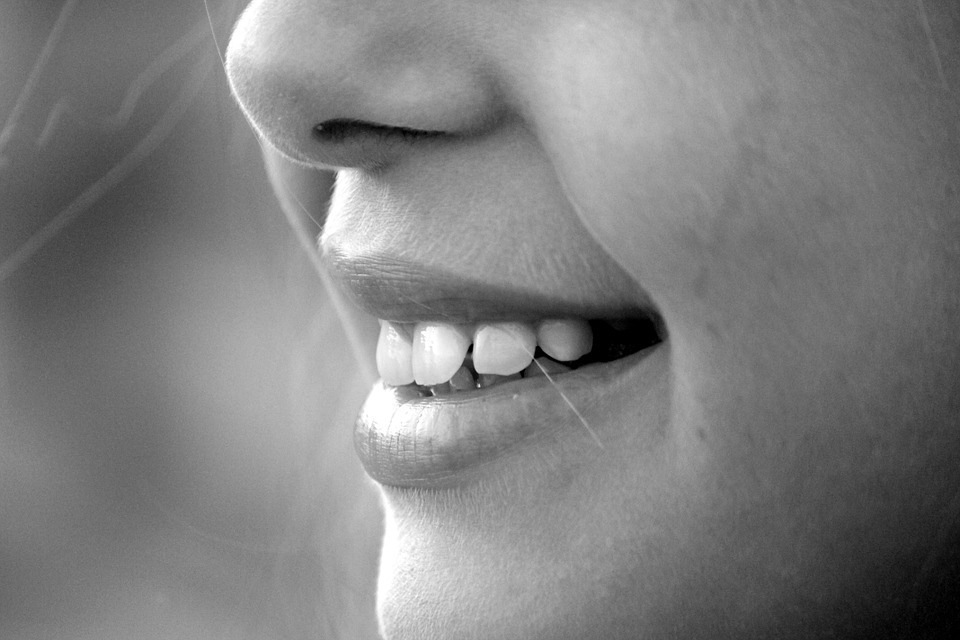
What Causes Abnormal Jaw Pains and How to Treat It?
Because of its all-around movement, which involves moving back and forth, up and down, and side to side, the jaw’s temporomandibular joint is arguably one of the most complex joints in the human body. For many people, dismissing abnormal jaw pains is a common tendency, unless the pain is either severe or persistent. Unfortunately, almost every single type of jaw pain indicates an issue with the jaw’s functionality, which includes movement when talking or chewing. Depending on the cause, you might have to seek the services of an orthodontist to treat some of the pains experienced in the jaw. Knowledge of the various factors that induce or contribute to odd jaw pains is, therefore, necessary.
Causes of Abnormal Jaw Pains
Since moving the jaw around involves a variety of joints, muscles, bones, and tendons, so many different things can go wrong. Although simple cases such as overworking the joints are among the causes of abnormal jaw pains, most types of jaw pains are caused by more severe issues including:
Structural Disorders and Fractures
Fractures and other skeletal disorders could be the result of an assault, accidents, or underlying diseases, and they usually stress the entire jaw since it loses alignment. Such disorders will almost always result in dull and constant pains in the jaw, inflammation, numbness, and even deformity. The occurrence of any jaw disorder necessitates seeking immediate medical attention, preferably from an orthodontist.


